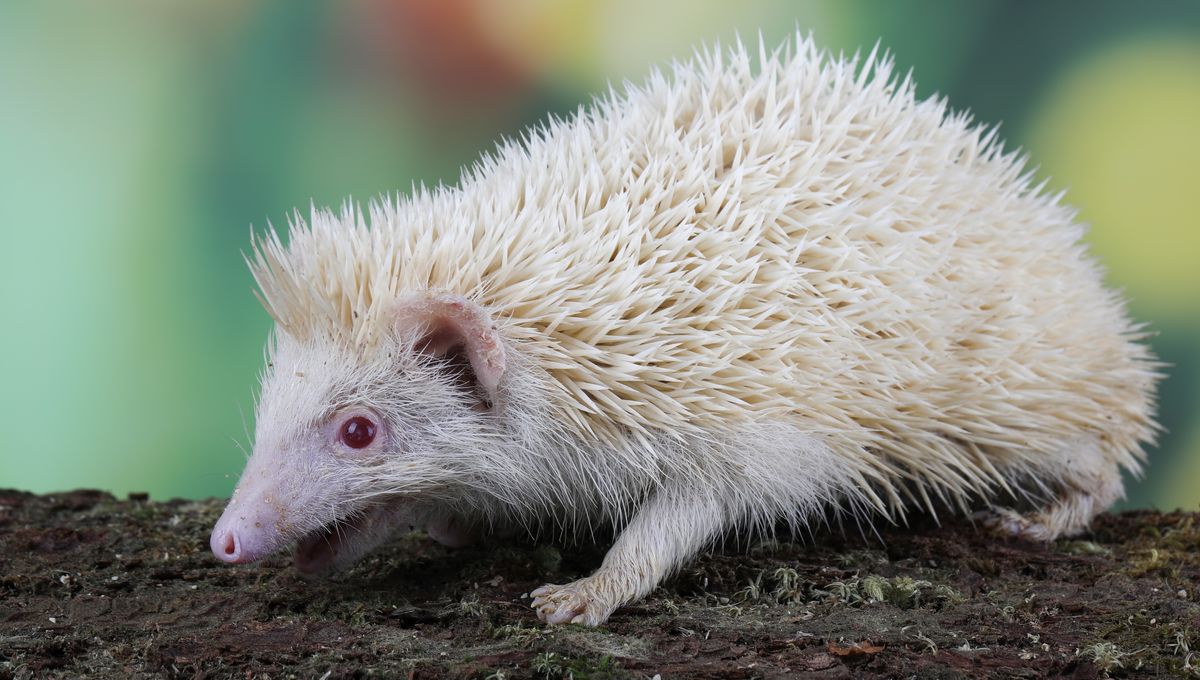
Remember Alvin, the world’s only giant anteater with albinism? On first glance, his distinguishing characteristic might seem to be his paler-than-usual fur. Look a little closer, however, and you’ll find that like the other rare few animals with albinism, Alvin has red eyes – but what leads to this appearance?
Albinism and eyes
To understand why animals with albinism have red eyes, it’s first important to know what albinism actually is – a genetic condition that stops cells from being able to produce melanin, a pigment that would normally give an animal its color (although it’s not always the only pigment that does so).
That absence of melanin affects the whole body, including the eyes. Thus, when they appear pink or red, it’s not because of a pigment – what’s actually happening is that, without any melanin, you’re now able to see blood vessels through the sclera, or “white of the eye”.
While the feature may be striking, the lack of melanin in the eyes can also be pretty problematic. That’s because melanin is involved in eye development as well as coloration; without it, many animals can have poor eyesight, which can include issues with focusing, depth perception, and tracking.
Leucism
You might’ve noticed that some animals have the characteristic paleness of albinism, but not red eyes, or patches of white where there’s otherwise color. Although this is sometimes called partial albinism, the more accurate, up-to-date term is leucism.
Unlike albinism, leucism involves only a partial lack of pigment, which also isn’t necessarily caused by genetics – it might also be caused by damage to pigment-producing cells that occurred during development. It doesn’t just involve melanin either; all types of pigments can be reduced.
Leucism is also more common, and has been seen in a wide variety of animals, including birds, alligators, and even orcas.
Melanism
When it comes to melanin production in particular, genetic mutations can also go the other way and lead to an excess of the pigment – this is known as melanism.
It’s rarer than albinism and leucism across the animal world (which makes these adorable seal pups all the more exciting) but it can be more frequent within particular groups of animals. This is the case in cats; melanistic coat coloration is a common occurrence in 11 out of 37 cat species.
Melanism in cats is also the source of one of the most well-known cases of mistaken identity. Black panthers – they’re their own species, right? Wrong – they’re actually just melanistic leopards or jaguars.
Source Link: Why Do Animals With Albinism Have Red Eyes?